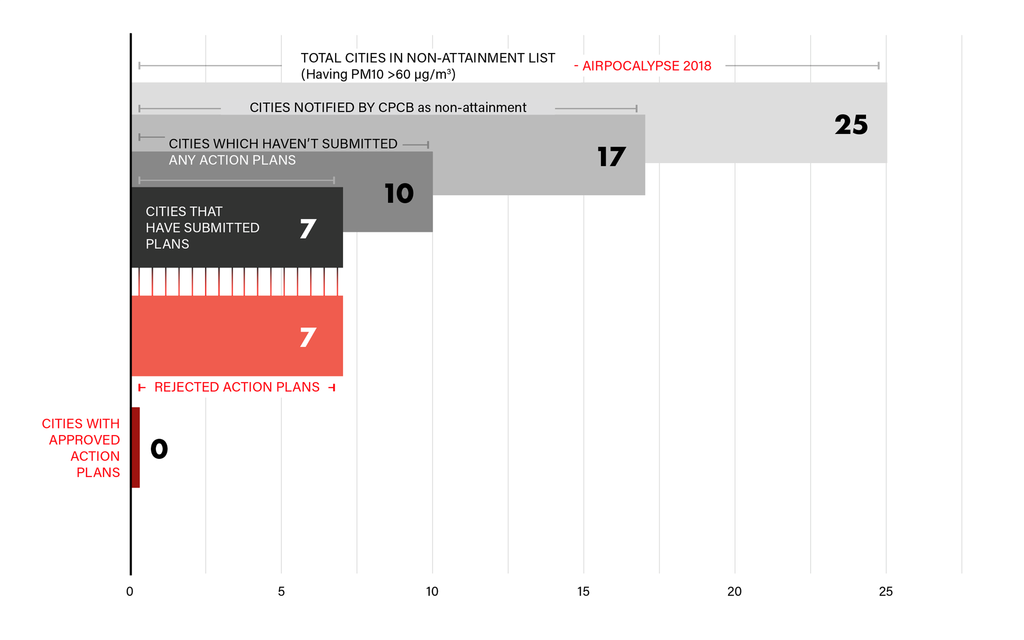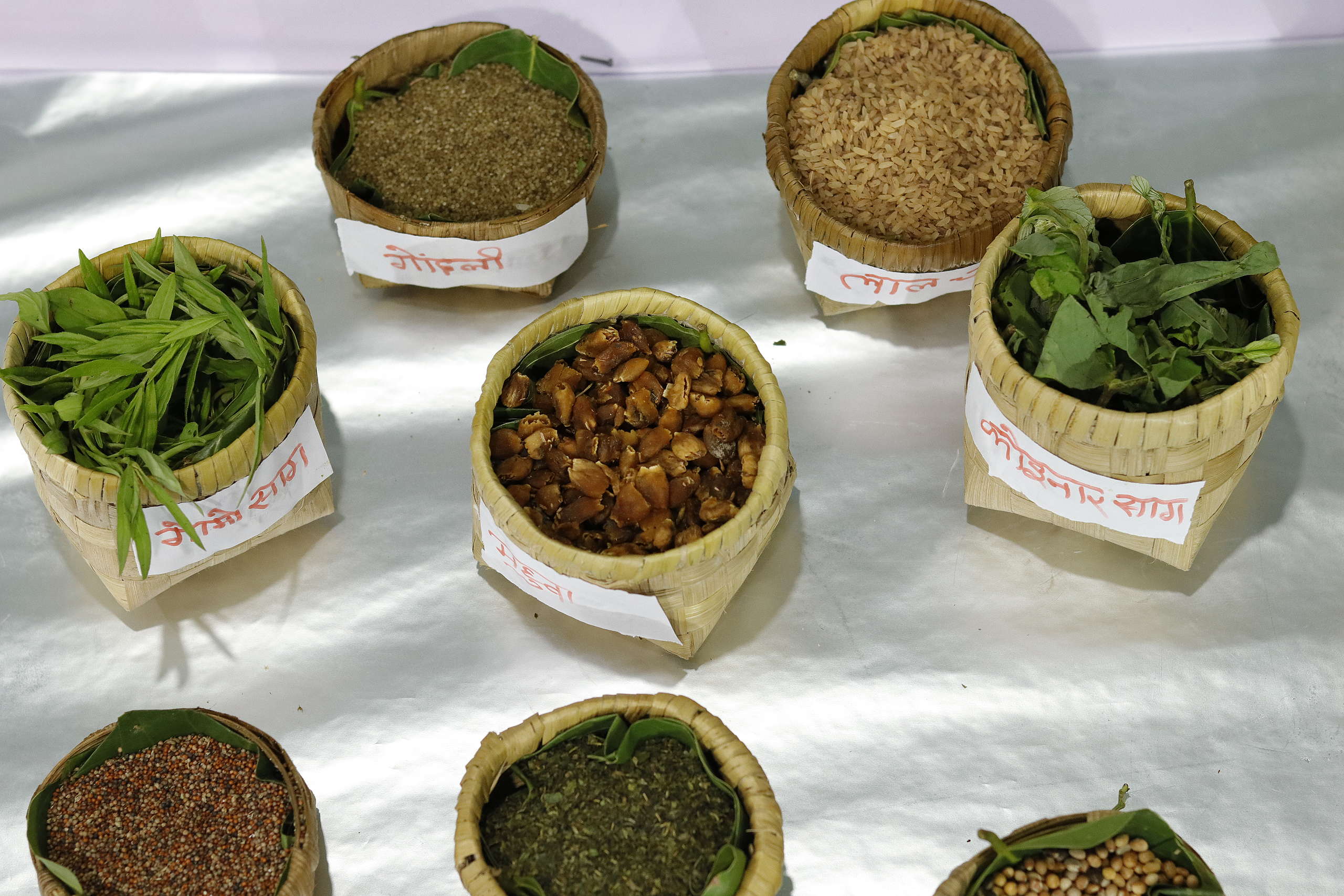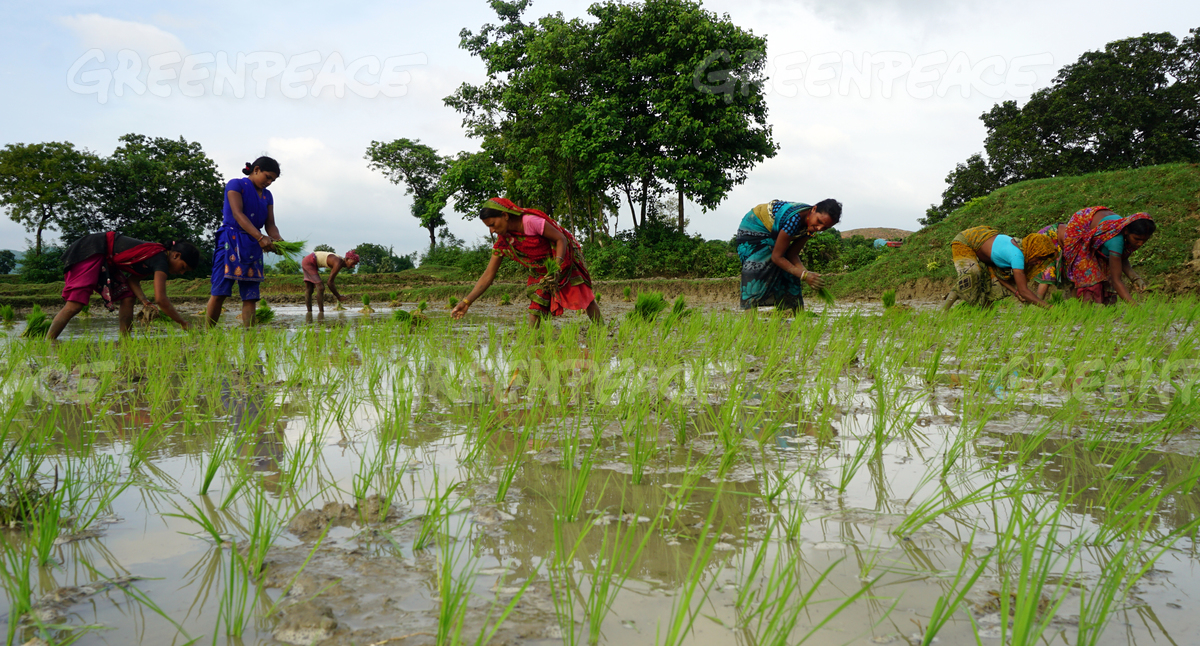“Mumbai is not so polluted, Delhi madhe air pollution khoop hai”, says my friend back home in Mumbai. Maharashtra is where I was born and grew up. Nashik – Jalgaon – Thane – Mumbai. When you take the local train enough number of times, you learn to standing on the edge of a local train compartment and enjoying the cool breeze in your hair. The state pans from west to central India, with a dynamic change in terrain, climate and culture. But today, when I go back to Mumbai, things look a bit glum. City’s environment is at the bottom in the list of priorities; and while it struggles with many issues, air quality in Mumbai has taken a massive hit in the last decade. In fact, not only Mumbai, the entire state is reeling under toxic levels of air pollution.
Maharashtra is home to 25 cities with alarmingly high levels of air pollution, considerably above the safe annual levels for PM10 (based on 2015 and 2016 data). This essentially means that if the state is serious about cleaning its air in the long term, it will have to come up with a serious action plan. Flashback to early 2018, India got its first ever draft National Clean Action Plan (NCAP). Unfortunately, it is stuck at the draft phase, and we still do not know when the final plan will be announced and implemented. To make this happen, the central and state governments have to coordinate seamlessly and collectively come-up with national as well as regional/statewide time/sector bound pollution reduction targets.
A nationwide plan cannot be successful if the state and the cities within do not submit robust action plans. One is dependent on the other; local level action is the need of the hour. If you are still not convinced about the gravity of the situation – picture this – out of 25 cities, 17 have been identified as Non-attainment cities by CPCB in 2016.
What on Earth is Non-Attainment Cities?
In short, these are the cities with air quality worse than the safety limit prescribed under National Ambient Air Quality Standards (NAAQS) by Central Pollution Control Board (CPCB). According to the CPCB, the number of non-attainment cities in Maharashtra is 17, whereas a Greenpeace report released earlier this year mentioned it to be 25 (technically all cities with air quality monitoring across the state)!
Adding to the toxic mess, 10 cities have not yet submitted their action plans to CPCB. These include my beloved Jalgaon, Navi Mumbai and Nashik. Other cities such as ‘Aamchi’ Mumbai, Pune, Amravati, Latur, Aurangabad, Jalna have submitted a plan, but it needs to be revised and resubmitted.
This graph helps to understand the number game better:

Greenpeace RTI query reveals that the Action Plan Prepared by seven of the non-attainment cities in Maharashtra have been returned by CPCB and ten cities are yet to submit their Action Plan to reduce Air Pollution to CPCB
Looks like I can’t boast about the clean and fresh air of Maharashtra anymore. I used to visit Ajanta Ellora at least two times a year when I was living in Jalgaon; perhaps the photos in the coming years will be taken with anti-pollution masks on, near the ancient caves. Who knows how long these structures will withstand the weathering worsened by air pollution?
Maharashtra stands at a critical juncture to ensure Maharashtrians have the right to clean air. Will we lead or fall back? I think it’s possible to have the photos of lovely western ghats, old caves, and forts in the ghats without the haze, and breathe in fresh, crisp air of the state, like in monsoon everyday. That’s attainable.
Ruhie Kumar is the Communications Manager at Greenpeace India.



